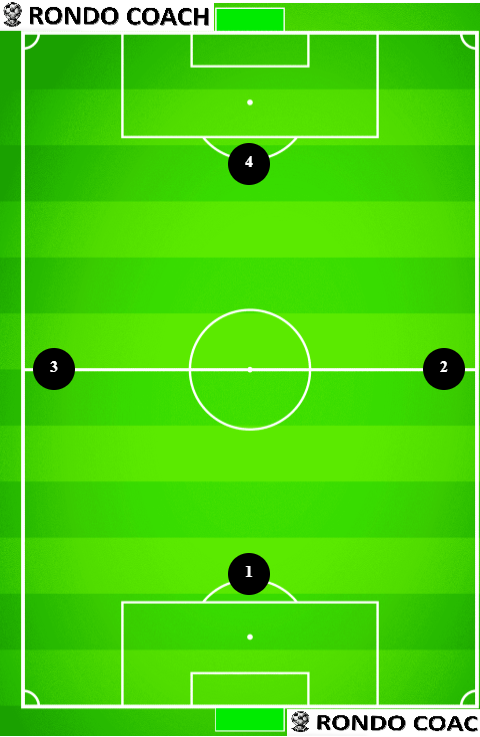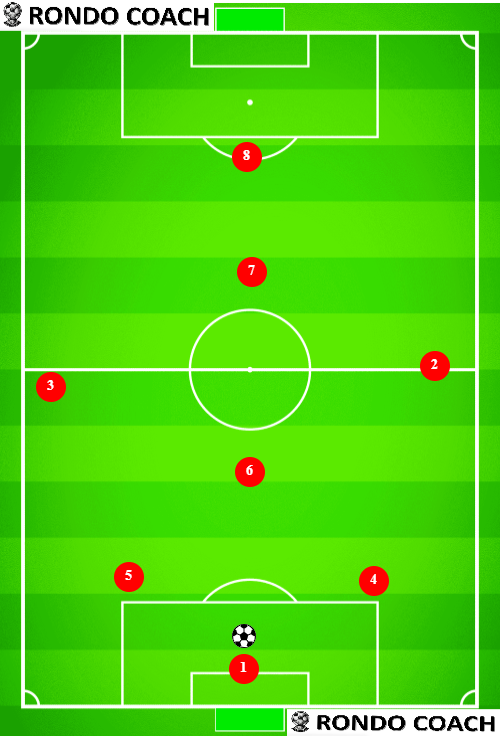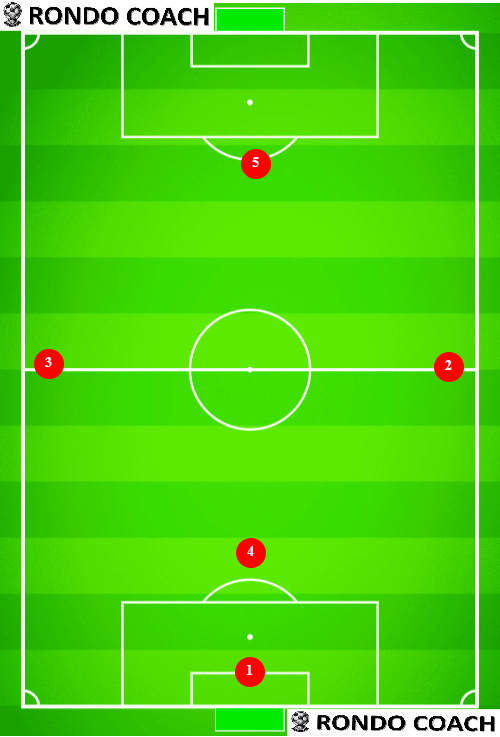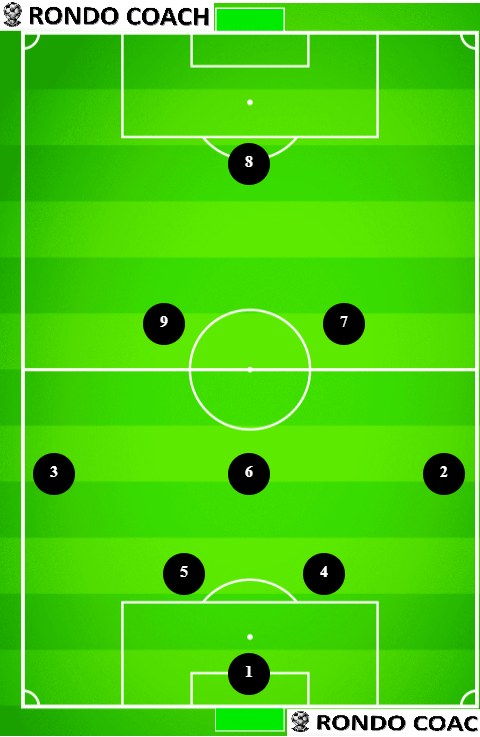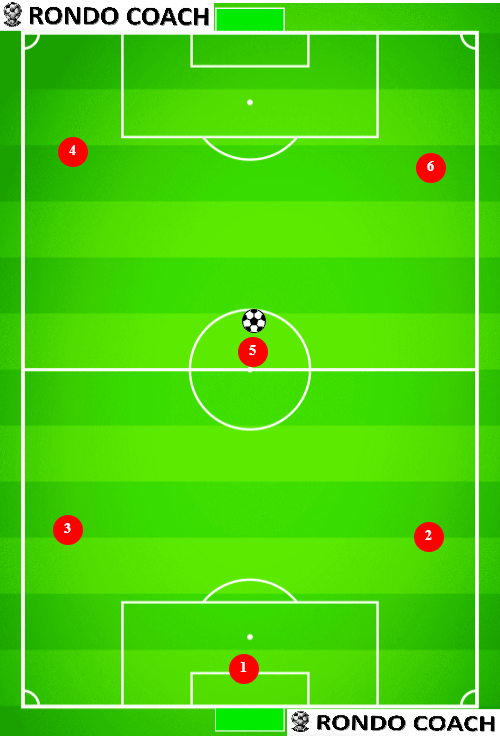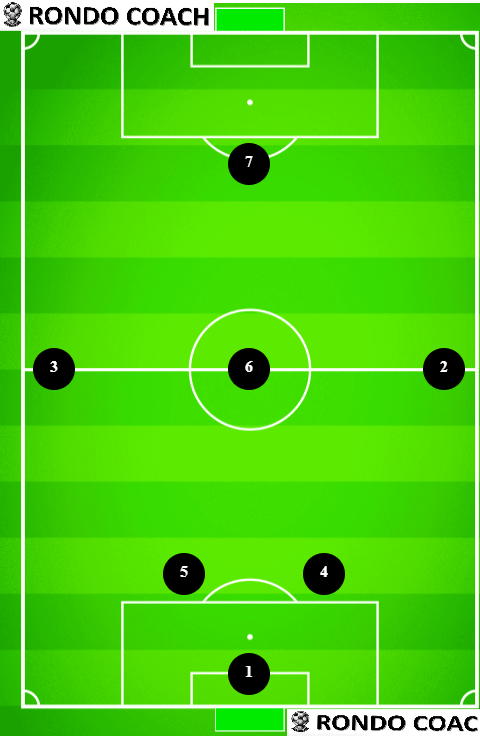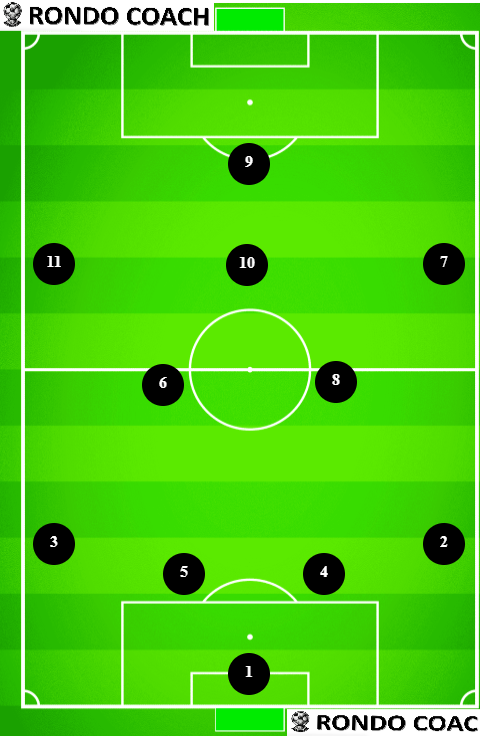10v10 Soccer Formation [Complete Guide for Coaches 2025]
The first time I played in a 10v10 soccer formation was in my early 20s. At my first job, I noticed a field just outside of my office. One day I was picking up lunch and saw a group of folks playing soccer. It definitely looked like just regular pickup soccer, some 6-a-side games with small goals. Obviously, I immediately asked to join next time. What I found out is that they play twice a week pickup, but they also played in a league on that pitch in the evenings. As the field was a multipurpose field, it didn’t have the right dimensions. It had the right goals, but it looked smaller. The league simply figured out – let’s play 10v10 to accommodate for these irregular dimensions.
Honestly, I haven’t seen anybody else play 10v10 except for that league. However, it brought me countless of hours of tinkering with the formations and analyzing opportunities to come up with better systems. Having analyzed 9v9 formations for my U11 and U12 teams, as well as standard 11v11 formations throughout my life, it is really a challenge to come up with good formations to win games. But it is a good type of challenge. It made me learn much more about how to utilize the space and the types of players. As colleagues join and leave the company, the players on the team change. Of course, recruiting plays a big role in winning but so does creating a system to get the best out of them.
What is the best 10v10 soccer formation?
The best formation is the one that utilizes the advantages of your players and exploits the vulnerabilities of the opponents. With this in mind, the most popular are the 3-4-2 and 4-3-1-1. The 3-4-2 can provide lots of support on the wings, with both the defenders and attackers helping the midfielders. However, it can also be used to overload the middle of the pitch if they stay inside. Finally, if the reason you are playing with 10 players is because of a red card, the two wide midfielders can easily drop into a solid 5 player defensive line. On the other hand, the 4-3-1-1 can provide a solid system to build from the back and opportunities to dominate the center of the pitch.
The goal of any formation is to create superiority. Creating overloads on the wings is better in the 3-4-2, while the 4-3-1-1 can really dominate the middle. Therefore, individual qualities really matter at that point. If you have one natural poacher or target man, then you should use them in the latter formation. However, if you have two tricky attackers that can move between the lines, drift to the wing, and drop in the middle if needed, then the 3-4-2 is the right gameplay for you. That’s up to you to analyze, but let’s give you a framework for it.
3-4-2 [Guide and Progression]
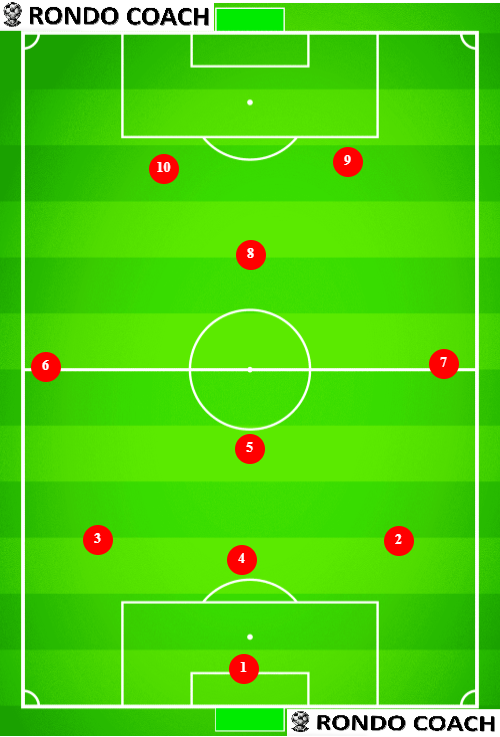
I like this formation because of the fluidity and flexibility. Playing with 3 defenders at the back can open the possibility of having the side defenders play wide to cover the ground. Alternatively, if you need to play defensively, then the defenders stay central and the midfielders drop deep, essentially forming a 5 persons defense that is very hard to crack. Similarly, if you decide to
The downside of this formation is that it can really struggle when playing against more physical opponents. If they outrun you, then the holes will really show up, and covering space will be hard. Also, if the opponent is playing in a low block formation, then it can be hard to break it. Playing with 3 defenders can bring stability, but also it can lack the opportunity to have a numerical advantage if the opponents are defending with 10 or 11 players.
PROS
Very fluid formation
Works great with two mobile strikers
Can use the entire pitch well
CONS
Goalkeeper is not part of attack
Hard to win against more dynamic opponents
Hard to beat low block
4-3-1-1 [Guide and Progression]
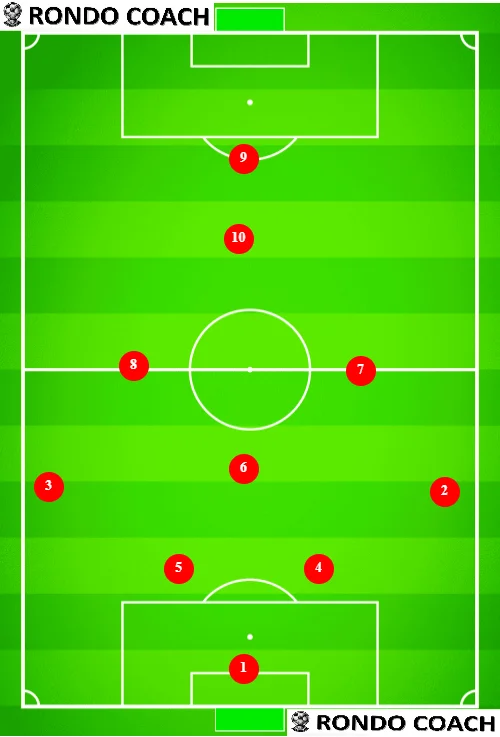
This is probably the most likely formation that teams use when defending after a red card. Keeping one striker up will pin down two of the defenders and provide a threat on the counterattack. However, with only two natural wingbacks, there is not much support in the wide areas. To mitigate this, I sometimes deploy two of the central midfielders as carrileros to support the wide areas.
When playing against a low-block team, this formation can offer lots of opportunities. However, if both wingbacks push up, the team can suffer from breaks. Therefore, this is a formation to use with caution, as it can create opportunities for the opponents. It is up to the players to determine the danger assess risk-reward opportunities and shift positions accordingly.
PROS
Great for counterattacks
Works great for single striker
Goalkeeper can participate in buildout
CONS
Lacks support on the wings
Wing-backs must run a lot
Susceptible to fast counterattacks
10v10 Soccer Formation Transition
As I outlined the pros and cons of each formation, you might have noticed by now – we attack better in long possession attacks with 3-4-2, but defend well with 4-3-1-1. Ideally for this, one of the wide defenders will become an inverted fullback. Similarly, the two side midfielders will be carrileros, drifting to occupy the wide areas. Alternatively, we can have a fullback push higher and everybody drifts a bit to the side. That minimizes running, but it can bring lots of confusion to the squad. It’s up to you to determine what works better for your squad.
10 players because of red card
In an unfortunate event of getting a red card, you might be forced to play 10v11. If you are losing by two or more goals, then it’s virtually impossible to come back regardless of your strategy. However, assuming it’s an even score and your goal is to at least draw, but preferably win, then you need a patient approach. With a player less, you will have to deal with some pressure and try to win on quality. It is very unlikely that you can outrun them or get a numerical advantage. Instead, you will look to get positional and quality superiority. In other words, you will look for counterattacks and set pieces. For that, I recommend the 3-4-2 formation, often converting to a 5-2-2 when defending in a low block.
Conclusion
Here’s a complete guide on how to play and coach the 10v10 soccer formation. The same principles that we have learned in the developmental formation of 7v7 and even 4v4 pre-school formation still hold true. Whether you need to readjust because of a red card or that is the system of your competition, you need a plan to get a result. A lot will depend on the situation such as your mentality to score a goal vs. preserve the result. Also, the players that you have and the opponents will dictate your formation. Finding the right balance to get the most out of the types of players you have is crucial. I cannot answer all the questions without knowing that, but the blueprint is here. Use it wisely and feel free to change your setup when things are not working.

